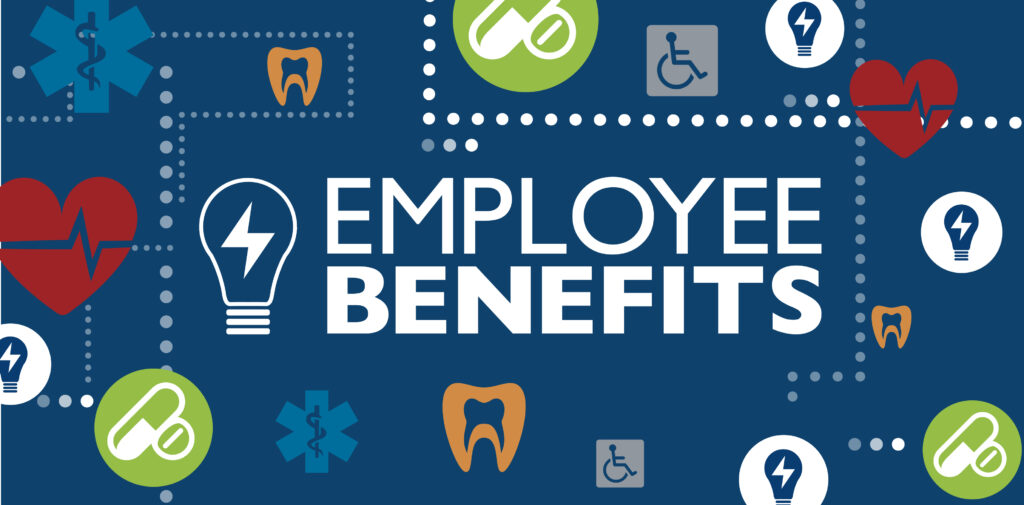With our current sedentary lifestyles, many people are living with high blood pressure, anxiety, diabetes, or any other ongoing medical condition or a pre-existing condition. More than 25% of people are living with one of the ten common chronic health conditions.
Most health conditions can be effectively managed with some form of medication or treatment. The downside is that most organized healthcare plans provide insurance coverage for prescription drugs for specific need groups and those that pay the needed premiums. So unless you have enough coverage through workplace benefits or individual health insurance, you have to pay for them out of your pocket.
At times many people are denied individual health insurance because of their pre-existing conditions. So what are pre-existing conditions, and why are they such a challenge?
What is a Pre-Existing Condition?
Pre-existing conditions are severe and prolonged health problems, for example, conditions like asthma, diabetes, or cancer, that a person had before their healthcare coverage began. Historically, insurers are able to opt-out of paying to cover a member’s pre-existing condition after getting a claim for its treatment. However, if the insured party developed any of these or other illnesses after they signed up for insurance, the insurance company will be obligated to cover the required services.
Most insurance companies use one of two classes to identify such conditions.
Under one definition, a pre-existing condition is anything the patient has already received medical advice or treatment before enrollment in a new medical insurance plan. This includes illnesses like diabetes or cancer.
In another definition, a pre-existing condition is anything for which symptoms are present and enough that any person will seek treatment. For example, a broken leg or pregnancy can also fall into pre-existing conditions for some insurance companies.
In short, a pre-existing medical condition is any disease, illness or injury for which the insured person has received medication, advice or treatment or has any symptoms in the past year. The issue of the condition being diagnosed or not is separate before the person is included in the insurance policy. Health insurance doesn’t usually cover ‘pre-existing conditions.
Will Health Insurance Cover Pre-Existing Conditions?
Health insurance is supposed to provide cover for unforeseen and unexpected medical conditions that emerge after the official start date of a policy. Since insurance is supposed to be a level of coverage designed to give the insured person peace of mind when it comes to rising medical conditions.
In short, some health insurance policies do not cover pre-existing or secondary conditions that arise due to these conditions.
There are, however, some circumstances where it is possible to make health insurance available for pre-existing conditions.
Cover for a few common pre-existing conditions is possible, subject to some annual limit determined by the insurer. This can vary from one insurance company to another
Group Health Insurance Coverage for Pre-Existing Conditions
Under the group health insurance policies, the business can negotiate to include common pre-existing conditions according to the terms and conditions and their budgetary constraints.

Sadia Zaheer holds a Masters in Business Administration from IBA, Karachi. After working in several financial institutions in Client Management, Corporate Lending, Islamic Banking and Product Management she jumped careers to pursue a career in writing.
She is a Finance, Business and HR Development writer with four years of experience. She reads a lot and takes care of her multiple cats to remain calm.




